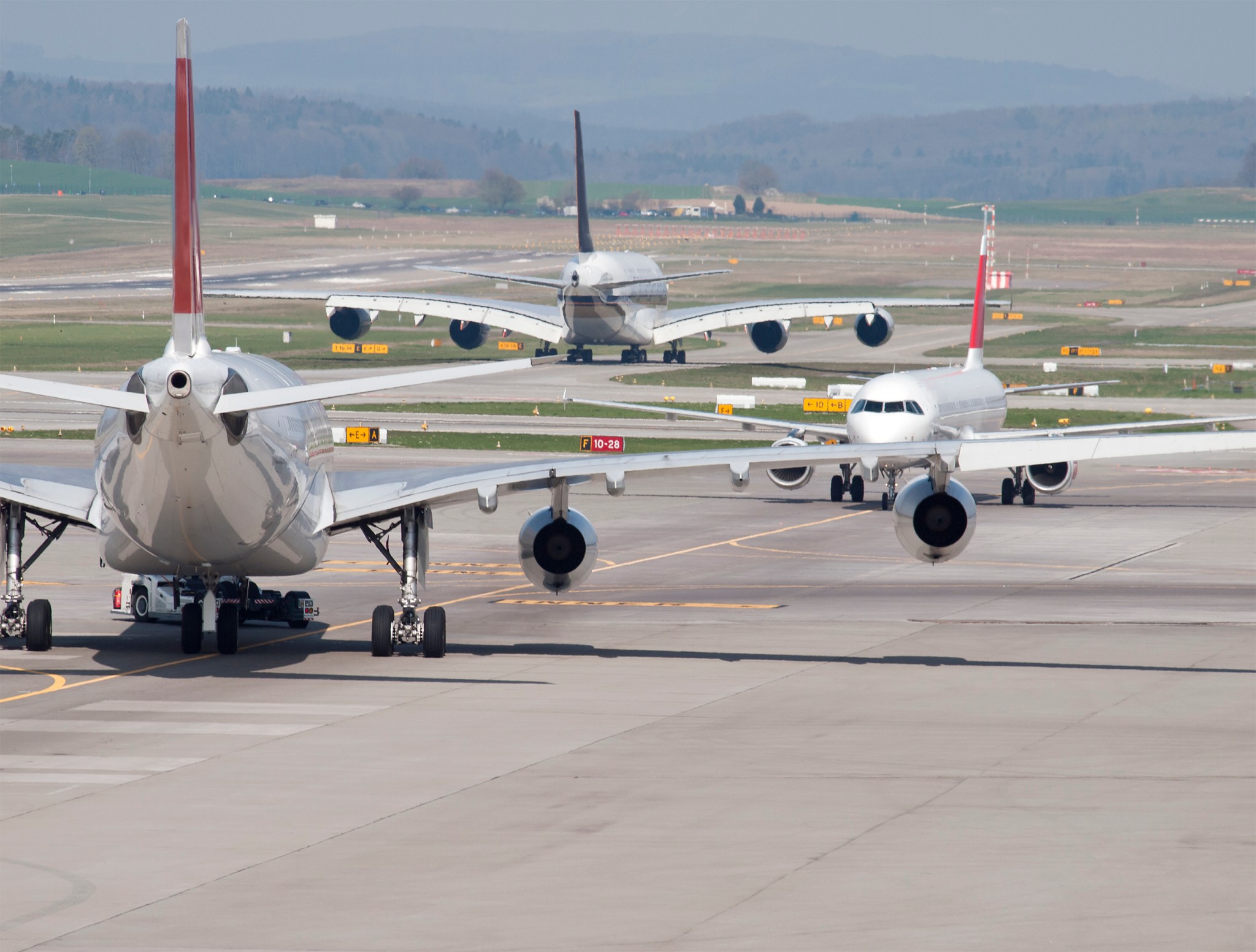Every day, millions of airline passengers fly in and out of airports across the National Airspace System (NAS) onboard tens of thousands of flights. As the number of aircraft grows, airports need ways to manage that increase.
To reduce operational inefficiencies, air traffic officials may perform an airport configuration change depending on weather, traffic, or other inputs. The need for more accurate runway predictions and reconfigurations is becoming more important as airports get busier.
NASA invites university students to join our newest competition — Runway Functions: Predict Reconfigurations at US Airports competition — launched by NASA’s Digital Information Platform (DIP) subproject.
You’ll be provided data from which to develop algorithmic solutions to help solve the problem of improving flight operations and streamlining air travel.
Your challenge is to predict how an airport may be configured in the future using features that capture air traffic and weather conditions. Better algorithms for predicting future airport configurations can support critical decisions, reduce costs, conserve energy, and reduce delays across the national airspace network.
A unique element of the competition is that each participant’s efforts will help solve real-world challenges. The winning algorithms will inform NASA’s future work on airport configuration prediction, and the design and development of DIP.
“We are really excited to tap into the potential of universities and forward-looking research in propelling early machine learning concepts to solve real-world problems,” said Mirna Johnson, subproject manager of DIP.
Solutions to the Runway Functions competition are due April 25, 2022, with each solution competing for a total prize purse of $40,000 that will be distributed amongst the top four solutions. Individuals and teams interested in the challenge should review competition guidelines and eligibility requirements.
NASA’s DIP subproject is developing a consistent, easy-to use platform where a wide variety of the large amount of data created in the NAS is readily available. This capability can accelerate the transformation of the NAS by facilitating the development of state-of-the-art data-driven services for use by both traditional airlines and emergent operations like Unmanned Aircraft Systems and Advanced Air Mobility.
DrivenData and HeroX are hosting the competition on behalf of the DIP subproject, part of NASA’s Air Traffic Management – eXploration project. The challenge is managed by the NASA Tournament Lab.






































